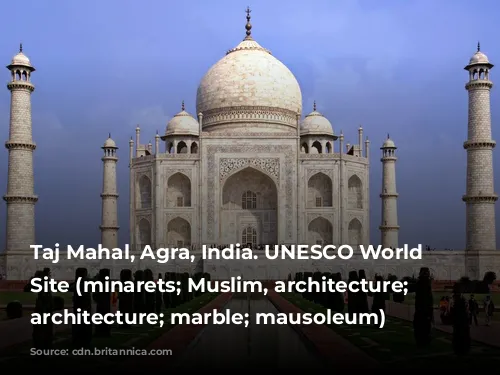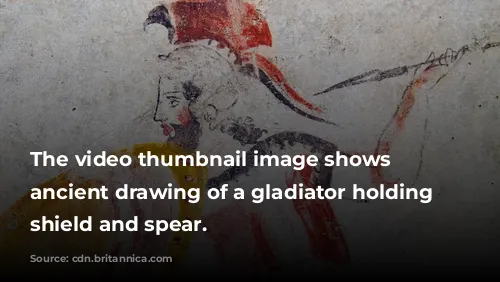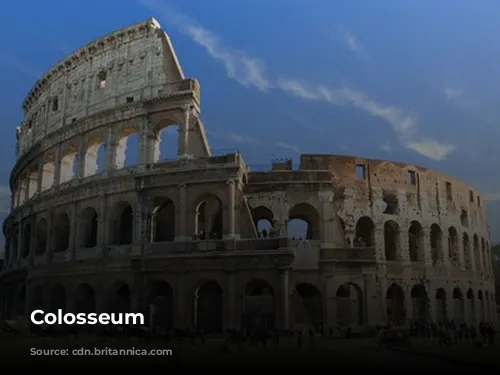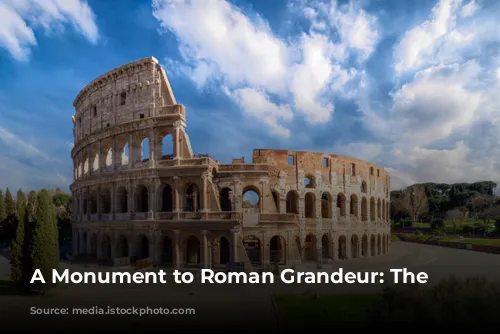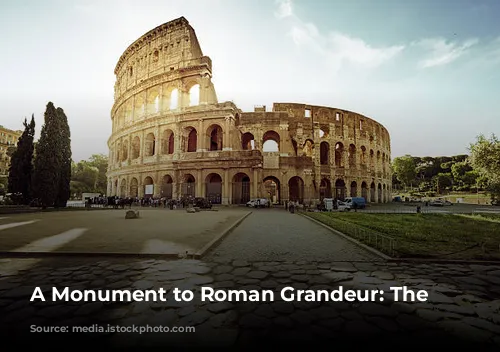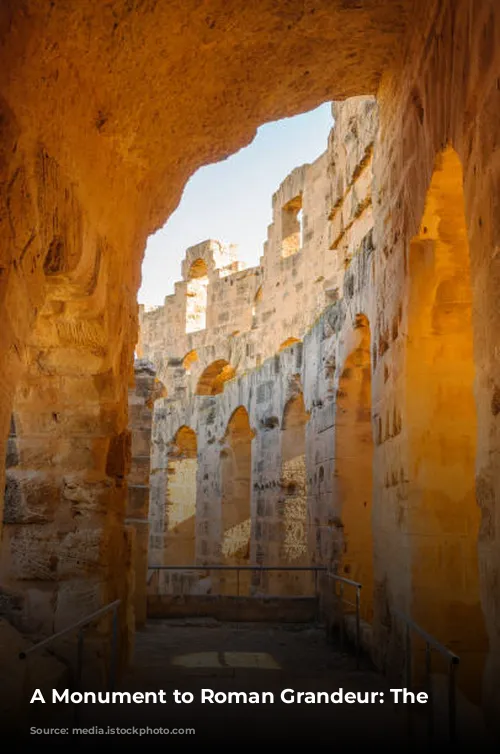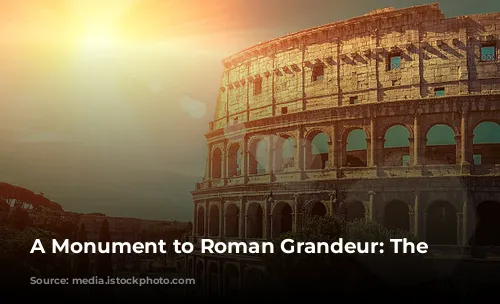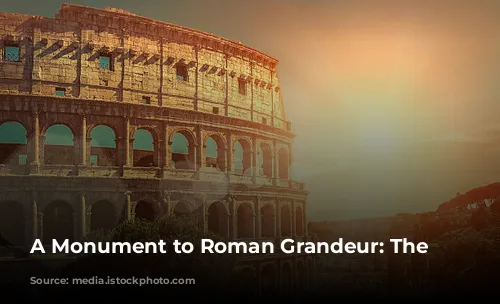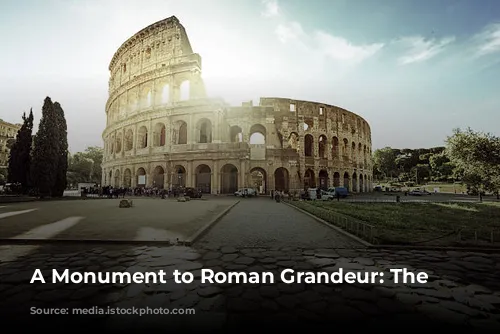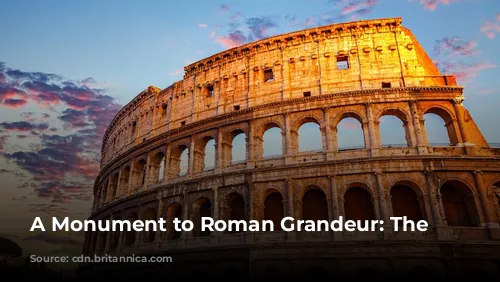The Colosseum, a towering testament to ancient Rome’s architectural brilliance and engineering prowess, stands as one of the few mostly intact structures from the Roman Empire. Today, it attracts millions of visitors, making it a significant contributor to the Italian government’s tourism revenue. In fact, the Colosseum, along with the Roman Forum and Palatine Hill, generated a staggering $63.3 million (€53.8 million) in 2018, making it Italy’s top tourist attraction.
The Colosseum has endured a tumultuous history, facing neglect and even destruction. After the fall of the Western Roman Empire, the arena fell into a state of severe disrepair. During the 12th century, the Frangipane and Annibaldi families took control of the structure, converting it into their fortress. In the late 15th century, Pope Alexander VI authorized the Colosseum to be used as a quarry, further damaging its once majestic structure. After over a thousand years of neglect, the Italian government finally launched state-funded restoration efforts in the 1990s, marking a new era of preservation for the Colosseum.
The Colosseum’s construction was driven by the Roman Emperor Vespasian’s desire to revive Rome following the chaotic “Year of the Four Emperors” in 69 CE. Like other amphitheaters, the Colosseum was intended to be a center of entertainment for the Roman public, hosting captivating gladiatorial contests, thrilling animal hunts, and even awe-inspiring mock naval battles.
Construction on the Colosseum began under Emperor Vespasian between 70 and 72 CE. His son, Titus, completed the structure in 80 CE, dedicating it to the Roman people with a grand celebration that lasted for 100 days. Emperor Domitian added the fourth story to the Colosseum in 82 CE. Interestingly, the Colosseum was funded with the spoils of war – the plunder from Titus’ conquest of Jerusalem in 70 CE. Moreover, the labor force that built this iconic structure was comprised of enslaved Jews from Judaea.
A Gigantic Structure of Stone and Concrete
The Colosseum, also known as the Flavian Amphitheatre, is an impressive elliptical structure constructed from stone, concrete, and tuff. This massive edifice stands four stories high at its highest point, measuring 620 by 513 feet (189 by 156 meters), and could accommodate an astonishing 50,000 spectators. The Colosseum became synonymous with gladiatorial combat, where brave warriors fought for glory and survival in front of a captivated audience.
The Colosseum’s construction was a feat of engineering and design, a testament to the Romans’ mastery of architecture. It is located just east of the Palatine Hill, on the site of Nero’s opulent Golden House. The palace’s artificial lake, once its centerpiece, was drained, and the Colosseum was built in its place. This location was as much a symbolic choice as a practical one. Vespasian, a humble man who ascended to the throne, decided to replace the tyrannical emperor’s private lake with a public arena where tens of thousands of Romans could come together for entertainment and spectacle.
Unlike earlier amphitheaters, which relied on natural hillsides for structural support, the Colosseum is a freestanding structure of stone and concrete. The Romans employed a sophisticated system of barrel vaults and groin vaults to create its remarkable form, measuring 620 by 513 feet (189 by 156 meters) overall. Three of the arena’s stories feature arcades framed by engaged columns in the Doric, Ionic, and Corinthian styles, a striking architectural design that became influential in the Renaissance era. The Colosseum’s facade is predominantly constructed from travertine, while volcanic tufa was used for the secondary walls, and the inner bowl and arcade vaults are made of concrete.
Spectacle and Symbolism
The Colosseum boasted a remarkable seating capacity of 50,000 spectators, who were shielded from the scorching sun by a massive retractable awning called a velarium. This impressive structure was supported by masts extending from corbels built into the Colosseum’s top story, and hundreds of Roman sailors were responsible for manipulating the rigging that extended and retracted the velarium. The Colosseum served as a vibrant stage for countless events, including thrilling gladiator battles, captivating contests between humans and animals, and awe-inspiring mock naval engagements. However, the truth about whether the arena was used for the martyrdom of early Christians remains a matter of debate among historians.
Over the centuries, the Colosseum has seen its share of changes and transformations. In medieval times, the structure was repurposed as a church. Later, it was fortified by two powerful Roman families, the Frangipane and the Annibaldi, who used it as a fortress. The Colosseum has suffered significant damage from various factors, including lightning strikes, earthquakes, and, sadly, vandalism and pollution. Over time, the once magnificent marble seats and decorative elements were stripped away, as the Colosseum was treated as little more than a quarry for over a thousand years.
A Symbol of Resilience
The preservation of the Colosseum began in earnest in the 19th century, with significant efforts led by Pope Pius VIII. Finally, a comprehensive restoration project was launched in the 1990s, marking a new era for this iconic structure. Today, the Colosseum stands as one of Rome’s most popular tourist destinations, attracting millions of visitors from around the world. Changing exhibitions exploring the culture of ancient Rome are regularly held within the Colosseum’s walls, ensuring that this architectural marvel remains a vital link to the past and a testament to the enduring legacy of the Roman Empire.
